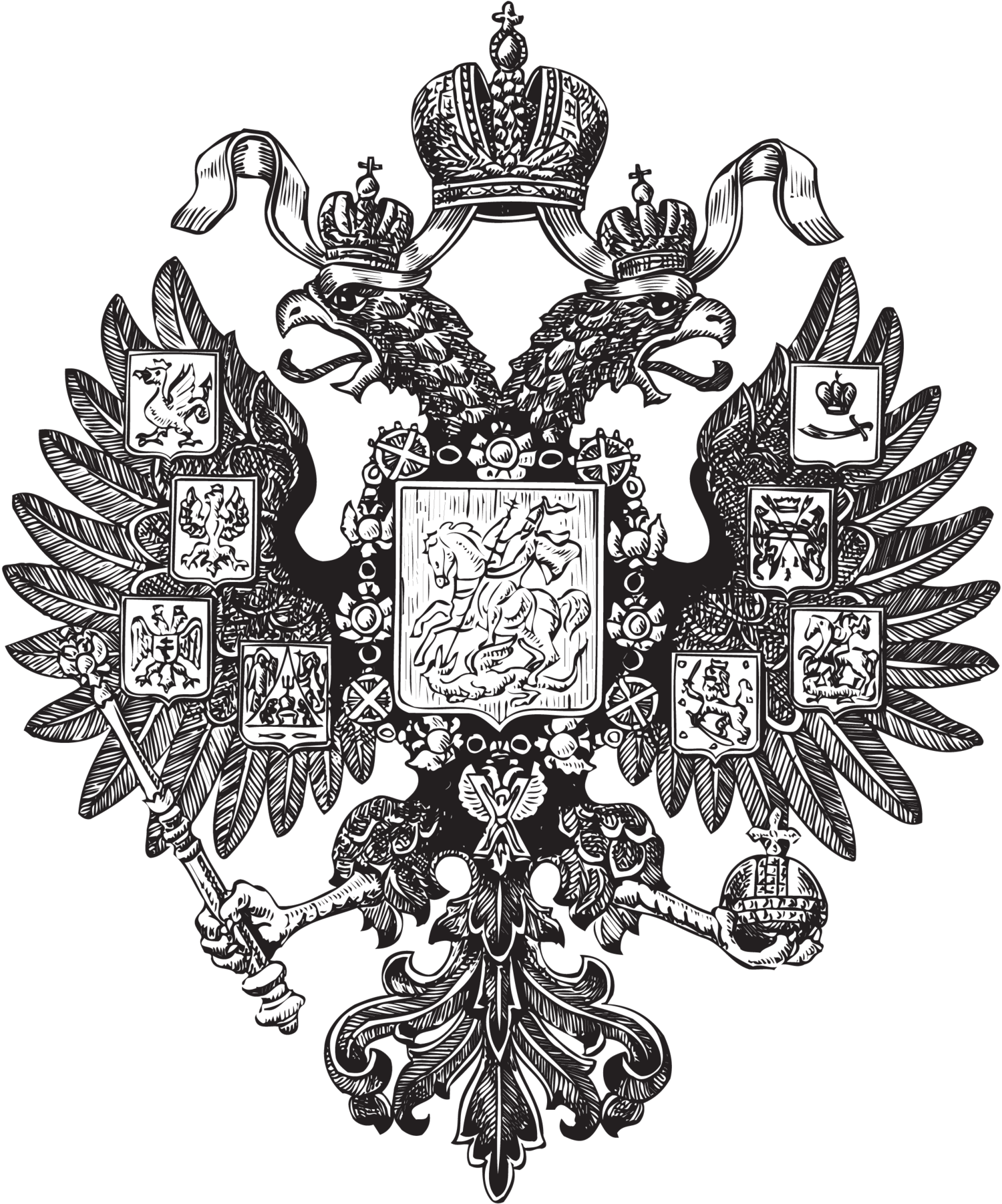Dr. Tsuyoshi Hasegawa Debunks False Stories
About Grand Duke Kirill Vladimirovich
Russian Legitimist is pleased to offer a review of Dr. Tsuyoshi Hasegawa’s new book, The Last Tsar: the Abdication of Nicholas II and the Fall of the Romanovs (2024). Professor Hasegawa, now 83, is an internationally recognized scholar of the February Revolution. This book is the culmination of some 60 years of primary research on this important event.
We wish to point out one aspect of this book that is relevant to Russian Legitimist’s Kirill Project, launched in 2024, the centenary of Kirill’s proclamation of himself as emperor-in-exile.
Dr. Hasegawa describes in his book the so-called Manifesto of the Grand Dukes. Grand Duke Pavel (uncle of Nicholas II and last surviving brother of Emperor Alexander III) had concluded that, amid all the chaos of the day, the only way to preserve Nicholas II on his throne was for the Emperor to grant a constitutional monarchy. Pavel drafted a manifesto to this effect and persuaded Grand Duke Mikhail (brother of Nicholas II) and Grand Duke Kirill to join him in the plan. Mikhail and Kirill were next in line to the throne after Nicholas II and his son.
Grand Duke Pavel planned to meet the Emperor’s train when it arrived at Tsarskoe Selo at 6 am on 1 March 1917 and to get Nicholas to sign the decree. Mikhail and Kirill in turn would be at the Duma waiting for the signal from Pavel that the decree had been approved. Mikhail and Kirill would then give the text of the decree to the leaders of the Duma and ask them to implement it.
In the event, Nicholas II’s train did not arrive at Tsarskoe, and he never signed the decree. Mikhail did not go to the Duma, because his staff thought it too dangerous for him to leave the safety of his St. Petersburg hideaway. This was because an imperial general had just been murdered in the neighbourhood by insurgents. Thus, Kirill was the only one to go to the Duma.
Hasegawa writes:
Grand Dukes Kirill and Mikhail were supposed to go to the Duma to pressure Rodzyanko to issue the manifesto once Nicholas had signed it. But as it turned out, only Kirill made it to the Duma. Kirill’s arrival at the Duma, allegedly “wearing a red rosette on his chest,” resulted in the widespread story that he led his troops to swear allegiance to the Provisional Government; he was praised by some and blamed by others for being the first member of the royal family to support the revolution. But these stories are patently false. Kirill went to the Duma, as agreed with Grand Dukes Pavel and Mikhail, to persuade Rodzyanko to implement the grand dukes’ draft manifesto, preserving Nicholas’s position as tsar and saving the monarchy. He did not arrive at the Tauride Palace wearing a red rosette on his chest. He could not have sworn allegiance to the Provisional Government, since on that day there was not yet a Provisional Government. (Hasegawa, p. 253)
Robert K. Massie, in his 1967 book Nicholas and Alexandra, popularized the story of the red rosette and the oath to the Provisional Government. Massie mainly relied on memoirs and diaries and accepted at face value the accounts contained in such memoirs. As an example, Massie relied on a book by Ian Vorres called The Last Grand Duchess (1965). Vorres had had many conversations in the 1950s with Grand Duchess Olga, the younger sister of Emperor Nicholas II, who spent her final years in Canada. Based on these conversations, he wrote a short biography of her. The book contains direct quotations from Grand Duchess Olga, but it is unclear if Vorres used a tape recorder or reconstructed the conversations from memory and notes. Vorres, in his commentary, wrote that Kirill had sworn allegiance to the Provisional Government but cited no authority. The false story about the red rosette also was spread in émigré circles, even though a number of people present at the Duma, such as Colonel Boris Engelgardt (a member of the Duma) and S.T. Varun-Sekret, flatly refuted these rumours.

